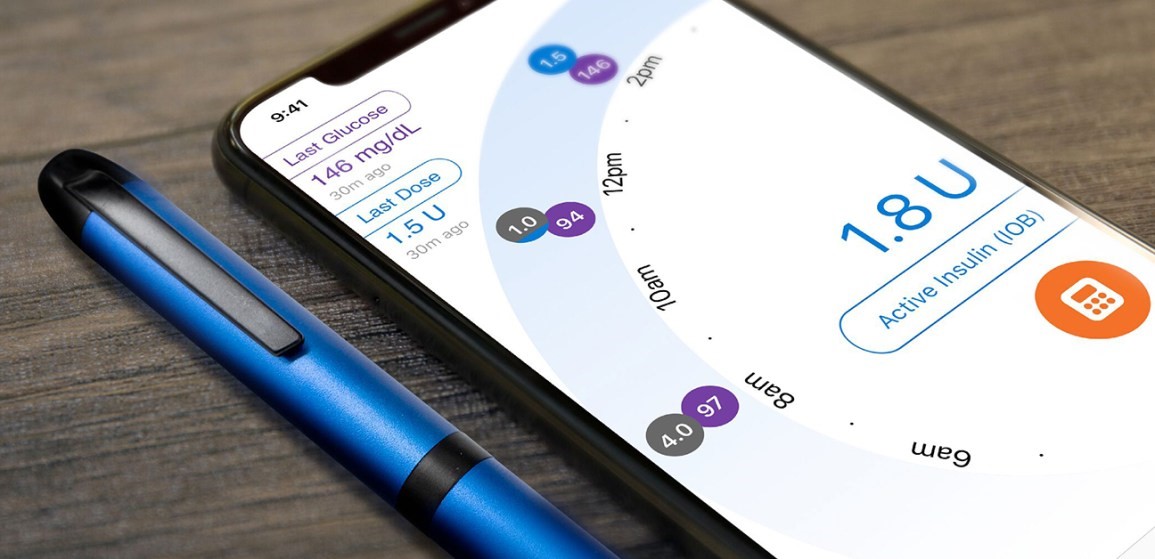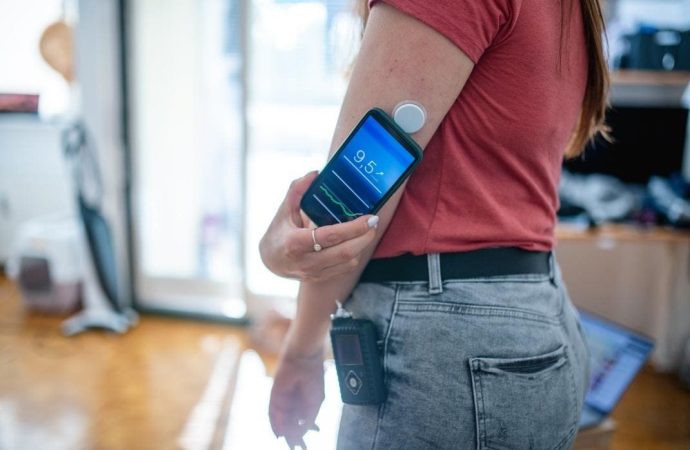Diabetes is a chronic condition that affects millions of people worldwide. Managing it requires constant vigilance and a multifaceted approach, including monitoring blood glucose levels, diet, exercise, and medication. In recent years, the advent of smart wearables has revolutionized diabetes management, offering new avenues for real-time monitoring, data collection, and personalized treatment plans. This article
Diabetes is a chronic condition that affects millions of people worldwide. Managing it requires constant vigilance and a multifaceted approach, including monitoring blood glucose levels, diet, exercise, and medication. In recent years, the advent of smart wearables has revolutionized diabetes management, offering new avenues for real-time monitoring, data collection, and personalized treatment plans. This article explores how smart wearables are transforming the landscape of diabetes care.
Understanding Smart Wearables
Smart wearables are electronic devices that can be worn on the body and are equipped with sensors to collect and analyze data. These devices often connect to smartphones or other digital platforms, allowing users to track various health metrics in real-time. For individuals with diabetes, smart wearables offer a range of functionalities that can significantly enhance disease management.
Continuous Glucose Monitoring (CGM)
One of the most significant advancements in diabetes management through smart wearables is Continuous Glucose Monitoring (CGM). Traditional methods of monitoring blood glucose levels involve pricking the finger multiple times a day to obtain blood samples. CGM devices, however, use a small sensor inserted under the skin to continuously measure glucose levels in the interstitial fluid. This data is then transmitted to a wearable device or smartphone app, providing real-time glucose readings.
Benefits of CGM
- Real-Time Monitoring: Continuous data allows for immediate adjustments in diet, exercise, or medication, reducing the risk of hyperglycemia (high blood sugar) or hypoglycemia (low blood sugar).
- Trend Analysis: CGM systems can track glucose trends over time, helping individuals and healthcare providers identify patterns and make informed decisions.
- Alerts and Notifications: Many CGM devices come with customizable alerts that notify users when their glucose levels are too high or too low, enabling timely intervention.
Smart Insulin Pens and Pumps
Another critical area where smart wearables are making a difference is in insulin delivery. Smart insulin pens and pumps are designed to make insulin administration more accurate and convenient.
Smart Insulin Pens
Smart insulin pens are equipped with Bluetooth technology, allowing them to connect to smartphone apps. These pens can track the amount of insulin administered, the time of injection, and even recommend dosages based on current glucose levels and historical data.
Insulin Pumps
Insulin pumps are small, computerized devices that deliver insulin continuously throughout the day. Smart insulin pumps can be integrated with CGM systems to create a closed-loop system, often referred to as an “artificial pancreas.” This system automatically adjusts insulin delivery based on real-time glucose readings, significantly reducing the burden of manual insulin management.

Picture by: Yandex.com
Fitness Trackers and Smartwatches
Physical activity plays a crucial role in managing diabetes. Regular exercise helps regulate blood sugar levels and improve insulin sensitivity. Fitness trackers and smartwatches equipped with heart rate monitors, GPS, and other sensors can track various aspects of physical activity, such as steps taken, calories burned, and heart rate.
Integration with Diabetes Management Apps
Many fitness trackers and smartwatches can sync with diabetes management apps, providing a comprehensive view of an individual’s health. These apps can combine data from CGM devices, smart insulin pens, and fitness trackers to offer personalized insights and recommendations.
The Role of Artificial Intelligence (AI)
Artificial Intelligence (AI) is increasingly being integrated into smart wearables for diabetes management. AI algorithms can analyze vast amounts of data collected by these devices to identify patterns and predict future glucose levels. This predictive capability can help individuals take proactive measures to maintain optimal blood sugar levels.
Personalized Treatment Plans
AI can also assist healthcare providers in developing personalized treatment plans. By analyzing data from smart wearables, AI can identify which treatments are most effective for a particular individual, enabling more tailored and effective diabetes management.
Challenges and Considerations
While smart wearables offer numerous benefits for diabetes management, there are also challenges and considerations to keep in mind.
Data Privacy
The collection and transmission of health data raise concerns about privacy and security. It’s essential for users to choose devices and apps that comply with regulatory standards and have robust data protection measures in place.
Accuracy
The accuracy of smart wearables can vary, and it’s crucial to use devices that have been clinically validated. Inaccurate readings can lead to inappropriate treatment decisions, potentially causing harm.
Cost
Smart wearables can be expensive, and not all devices are covered by insurance. The cost can be a barrier for some individuals, limiting access to these advanced tools.
The Future of Smart Wearables in Diabetes Management
The future of smart wearables in diabetes management looks promising. Advances in sensor technology, AI, and data analytics are likely to lead to even more sophisticated and accurate devices. Additionally, as the cost of technology decreases, these tools will become more accessible to a broader population.
Integration with Healthcare Systems
One of the most exciting prospects is the integration of smart wearables with healthcare systems. Real-time data from these devices can be shared with healthcare providers, enabling more proactive and personalized care. Telemedicine platforms can leverage this data to offer remote consultations, reducing the need for frequent clinic visits.
Research and Development
Ongoing research and development are crucial for the continued advancement of smart wearables. Clinical trials and studies will help validate the efficacy of these devices and identify areas for improvement.
Conclusion
Smart wearables are revolutionizing diabetes management by providing real-time monitoring, personalized insights, and more accurate treatment options. While challenges remain, the benefits of these advanced tools are undeniable. As technology continues to evolve, smart wearables will play an increasingly vital role in helping individuals manage diabetes more effectively and improve their quality of life.
















